The Childhood Cancer Blog
The Childhood Cancer Blog

DIPG is a rare but lethal tumor that occurs in the brainstem. It mixes cancer cells with normal cells. About 300-400 children are diagnosed each year and live an average of 10 months after diagnosis.
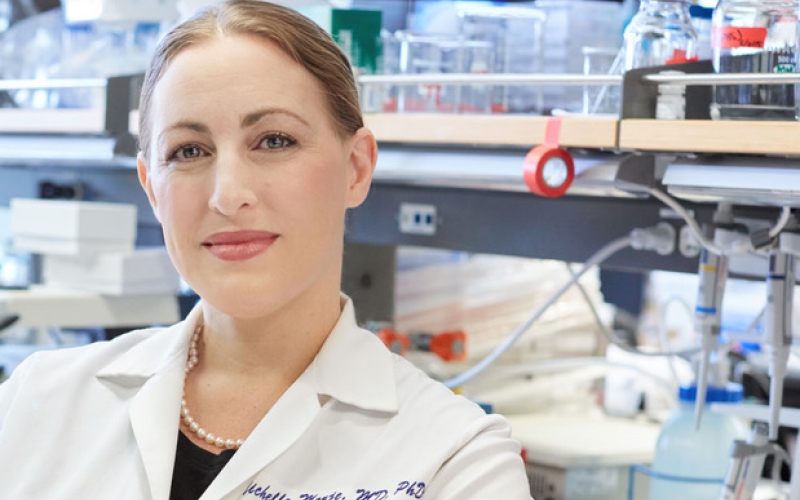
Michelle Monje, pictured here at her lab at Stanford University. In addition to DIPG research, Dr. Monje also studies spinal cord tumors, which can share genetic characteristics similar to high-grade gliomas like DIPG. Dr. Monje is also the co-chair for the High-Grade Glioma section at ALSF's Crazy 8 meeting this September in Philadelphia.
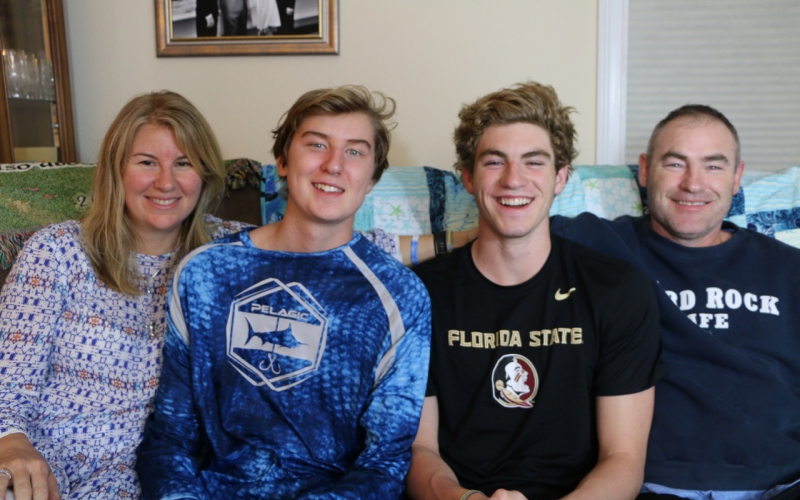
Kayne Finley was a kind and compassionate high school senior. In October 2016, Kayne experienced unusual health issues which led to a diagnosis of DIPG. One year and one day later, Kayne passed away. Kayne is pictured above with his mother, brother and father.

For doctors to find cures for lethal brain tumors, they need tissue samples. However, samples from a biopsy are often only enough for a clinician to use to determine the diagnosis. There is typically little left over for research purposes. Families and patients can make profound and meaningful gifts by donating post-mortem tissue to research labs to help doctors replicate, model and study tumors in ways not possible before. In the months before his death, Kayne, pictured above, signed a directive ensuring his tumor could be donated for DIPG research.
by Trish Adkins
When a child receives the diagnosis of diffuse intrinsic pontine glioma (DIPG), the diagnosis comes with an end date.
Thus far, DIPG is always lethal.
But, ALSF-funded grantee Dr. Michelle Monje of Stanford University, does not believe it has to be. Dr. Monje, who specializes in studying high-grade gliomas, is close to a powerful breakthrough that could change the prognosis for children with DIPG.
... Read More

Above, this map shows the RNA clustering of childhood cancer PDX models. RNA works as a messenger inside of cells, carrying instructions from DNA for controlling cellular activities, like cell division.
by Trish Adkins
In 2000, the first draft of the map of human genome—a mosaic representation of characteristics of what makes our biology uniquely human—was released. The map paved the way for more genomics research in several fields ranging from human biology to agriculture and gave scientists models of genetically normal cells which they could compare to abnormal cells, like those cells that make childhood cancer so deadly.
Now, in 2018, an ALSF funded-research project has resulted in the release of over 270 genetic sequences of 25 different types of childhood cancer used... Read More

Driving for a Cure. Bella is hitting the links to make a difference! Last year, the 8-year-old golfer from Illinois decided to use her budding career to raise awareness and funds. She loves helping kids and Alex’s Lemonade Stand Foundation (ALSF) provided the perfect opportunity to use her favorite sport to raise funds. After traveling as far as Florida and Texas for tournaments, the pint-sized putter raised over $1,500.
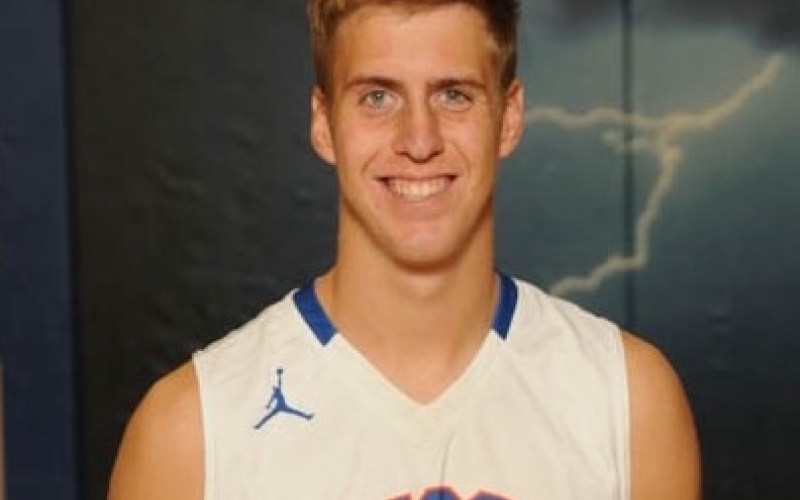
Putting a Full Court Press on Cancer. During his senior year, James wanted every swish on the basketball court to mean more than just a basket. After his friend’s mom passed away from cancer, he wanted to do something to support everyone affected by the disease. Signing up as a Champion gave him that added incentive to rip down rebounds and raise funds for kids facing cancer. After adding an extra layer of meaning to his play, James managed to tally nearly $800 for vital research.

Paddling to a Cancer-Free Future. Exploring the country by foot wasn’t enough for Jim, an experienced outdoorsman. He needed something harder, so he set off alone in mid-May on an 18-foot canoe for a journey that starts in Montana and ends in St. Louis in September.
He chose ALSF after deciding he wanted to help kids with cancer in some way because “children are naturally friendly, honest, genuine and truthful, all the qualities that cancer isn’t.” While the 2,500 mile trek will test his stamina, he knows that is nothing compared to what these kids go through.
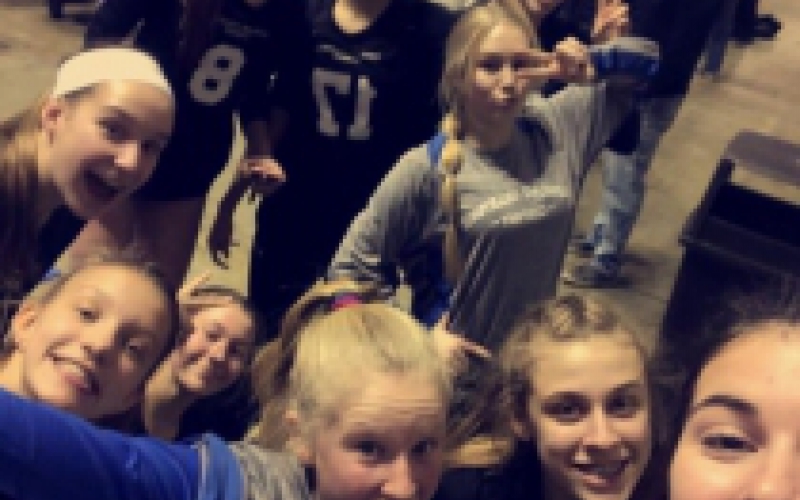
Spiking Away Cancer. An Ohio volleyball team got together and wanted to spike childhood cancer away from kids’ lives after they learned about the chance to raise money through the Champion program. They set up a lofty goal and hoped their volleyball skills could help them achieve it. They managed to bump their fundraising total to near $1,500, serving up critical funding with their athletic feats.
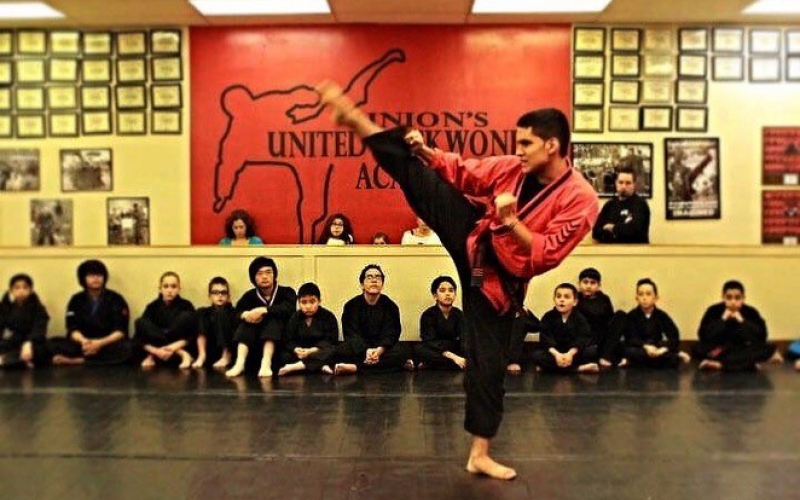
A Black Belt in Fighting Cancer Whether it was just small hits or full-on kicks, Daniel has been teaching kids martial arts for the past 15 years. This year, he wanted to move beyond instruction and do something to impact kids everywhere, which is how he found out about Alex’s Lemonade Stand Foundation. He accepted donations and pledges for the number of kicks he landed on his opponent at a recent competition and collected over $800. He hopes his own bouts can support the much harder fight kids face against cancer.
by Adam Paris
Whether cheering for your favorite team on the sidelines or playing in a competition, sports have a way of bringing people together! Champion for Kids with Cancer gives athletes an opportunity to use that communal power to give back. Meet five standout Champions using their athletic accomplishments to help kids with cancer, featured in our slideshow (above) or view all by clicking here.
No matter your athletic aspirations, you can use your activities to fight childhood cancer. By being a Champion for Kids with Cancer,... Read More
Pages











